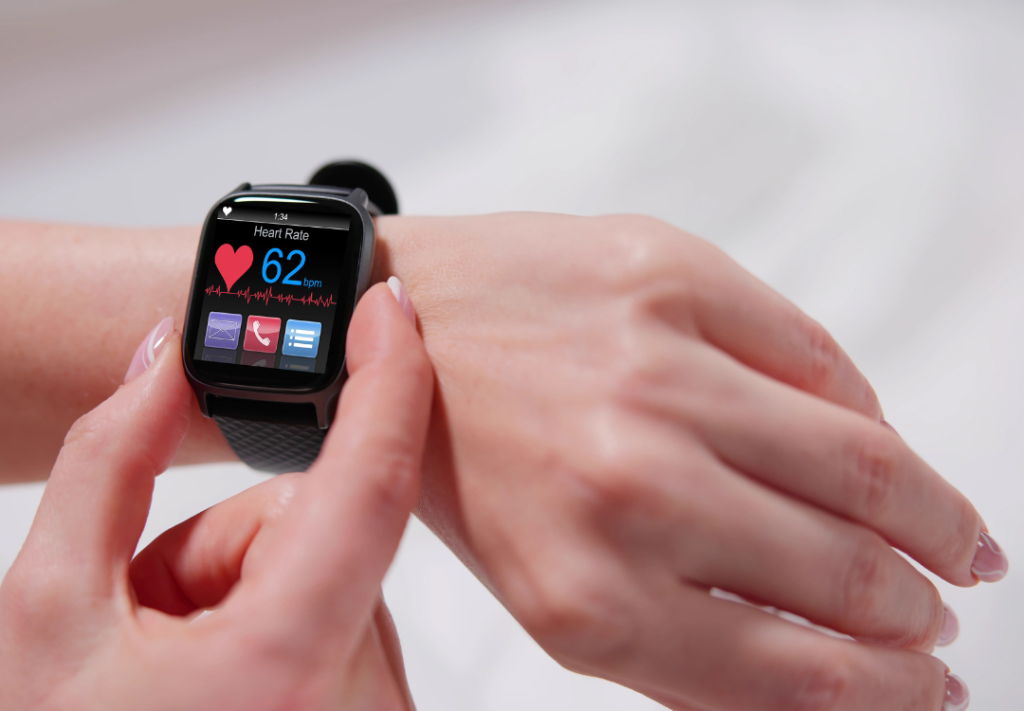Wearable healthcare devices have significantly altered how individuals track and manage their health. From fitness trackers like Fitbit to advanced smartwatches such as the Apple Watch, these devices have gained popularity for their ability to offer real-time data and insights into a user’s physical health. These devices monitor various metrics, such as heart rate, steps taken, calories burned, sleep patterns, blood oxygen levels, and even ECG readings. As consumers continue to prioritize health and wellness, wearable technology empowers them to track their health data continuously and make informed lifestyle decisions.
Statistics show that the wearable technology market is expected to grow at a compound annual growth rate (CAGR) of 16.3% from 2021 to 2028, with an estimated market value of $87.8 billion by 2028 (Grand View Research). The rise of wearables has expanded beyond fitness and wellness tracking, now encompassing more advanced health applications, such as blood pressure monitoring and glucose level tracking for diabetes patients.
Moreover, wearables have proven effective in chronic disease management. For instance, heart patients benefit from continuous ECG monitoring, while patients with sleep apnea use devices to monitor their breathing patterns. These innovations allow for proactive management of conditions, reducing emergency room visits and enabling early intervention.
Conclusion: Wearable healthcare devices offer personalized insights that empower users to take charge of their health. The ongoing development of these devices will continue to shape the future of personal health management, making them indispensable tools for individuals looking to enhance their well-being.

